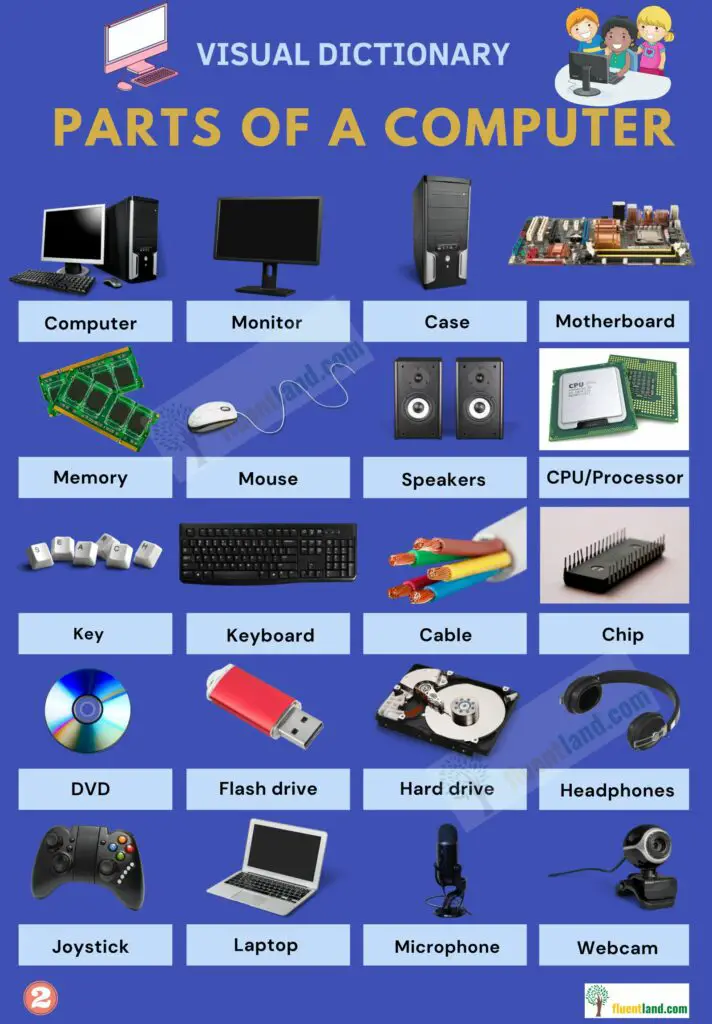Surplus PC Parts: A DIY Enthusiast's Haven
In this age of rapid technological advancement, the demand for computer parts is greater than ever before. Whether you're a DIY enthusiast, an occasional gamer, or a technology expert, finding high-quality surplus computer parts can make a huge difference. These hardware pieces deliver a budget-friendly solution for enhancing or repairing your system, but they also offer an opportunity to explore the inner workings of computers. With a bit of knowledge and careful consideration, venturing into surplus hardware can lead to incredible discoveries and savings.
However, shopping for surplus computer parts demands keen observation and expertise. Beginning with spotting real products and ensuring they work with your present system, this guide aims to provide you with all the necessary tools for a positive purchasing experience. You'll learn how to spot high-quality components, what to seek in crucial hardware such as motherboards and power supplies, and tips on finding the best deals in the marketplace. Whether you're building a budget gaming rig or upgrading your workstation, being aware of these essential elements will enable you to make knowledgeable choices and steer clear of typical mistakes throughout the process.
Key Aspects To Consider Purchasing Excess Items
As you venture diving into surplus electronics parts, the first aspect is the supplier of the parts. It is essential to buy from reliable sources, whether they are websites, physical stores, or bidding sites. Investigating the vendor's trustworthiness through user feedback and ratings can prevent potential problems. Look for sellers that provide clear refund policies and warranties, as these can provide confidence about the condition of the parts you are looking at.
Next, it's crucial to check the condition and features of the excess components. Not all excess components are created equal; some might be gently used, while others may have significant damage. Pay careful attention to item descriptions and photos. For critical components like mother boards and processors, information about their history of use, fit with current systems, and upgrade possibilities should be factored in. Always check signs of defects, such as burns on the circuit board or missing components, which could indicate that the part is not a wise purchase.
Finally, evaluate the pricing and ensure you are getting good value for your investment. The cost of surplus parts can change significantly, so it is important to compare comparable items across various sources. Be aware of potential hidden costs, such as postal costs or import fees for international purchases. Using price comparison tools can help in ensuring you choose wisely, ensuring you don’t pay too much for parts that may not fit your requirements or expectations.
How to Identify High-Quality Excess Components

When shopping for excess computer items, the primary action in identifying quality parts is to research reputable sources. Search for suppliers with favorable feedback and a history of honesty regarding the condition of their products. Well-known surplus retailers and clearance companies typically provide detailed descriptions and guarantees on their components, which makes it easier to assess the condition before finalizing a buy. Additionally, online marketplaces that focus in electronic components can provide user feedback that points out trustworthy vendors.
A further crucial factor to ponder is the physical condition of the components. Check for clear indicators of wear, defects, or repair. Premium surplus parts usually show little marks or blemishes. Make sure to note the connectors, pins, and interfaces, as these sections can reveal usage history and possible issues. https://buff-magnolia-zhf7m7.mystrikingly.com/blog/hidden-treasures-of-excess-computer-materials that are devoid of corrosion and dust accumulation typically signify superior care and durability. Additionally, when feasible, request a testing report or confirmation of working condition, especially for essential items like motherboards and CPUs.
Lastly, get acquainted with the standards and models that are celebrated for their sturdiness and performance. Particular brands and series are recognized in the technology industry for their sustainability or upgrade potential. Being aware of what to look for in a pre-owned graphics card, processor, or memory can aid you make educated decisions and steer clear of inferior choices. By combining vendor reputation, hands-on examination, and model research, you can effectively find high-quality excess computer components that deliver the greatest value for your purposes.
Maximizing Benefits of Excess Tech Parts
To genuinely maximize value of surplus tech parts, a thorough understanding of your project goals is crucial. Before committing to any purchases, clearly outline what you want to accomplish with your build or enhancement. This will aid you steer clear of unnecessary expenses on components that might not align with your requirements. Focus on quality and suitability, ensuring that the surplus parts you look at will harmonize with your existing configuration. Researching specifications and checking out feedback can provide insights into which components will deliver the optimal performance for your budget.
One more critical factor is knowing where to shop. Surplus PC parts can be found via various venues, such as local computer fix shops, online platforms, and sales. It's advantageous to visit forums and community networks where other DIY fans share their experiences and suggest trustworthy vendors. Building a network can also lead you to unique deals and specialist tips on finding high-quality parts at affordable prices, giving you an advantage in acquiring the best equipment.
Finally, to ensure the longevity of your surplus parts, put some care into proper upkeep and enhancements as necessary. Consistently cleaning components, keeping an eye on performance indicators, and being aware of the cooling system will help prolong the lifespan of your parts. By taking these proactive steps, you can maximize both the functionality and the value obtained from surplus parts, experiencing satisfaction from your DIY projects while reducing money in the process.